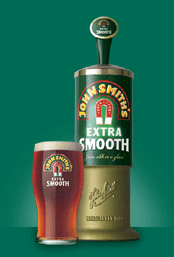I know others have got there first, but I thought these two stories about minimum alcohol pricing that came out in the past few days were worth a mention.
First was an opinion poll conducted by YouGov on behalf of SABMiller, which found that a mere 0.36% of people said that it would lead them to drink more in the pub and less at home, while no less than 39% said it would mean they actually drank less in the pub. That completely undermines the argument advanced by some in CAMRA and industry twerps like Rooney Anand of Greene King that it would actually help pubs. In fact it would do just the opposite.
The pernicious effects of the policy are underlined by the fact that 16% of respondents said it would lead to them cutting back on other areas of spending, and 13% of those already in financial difficulties said they would cut back on food. A better way of making the poor poorer is hard to imagine.
Second, another poll conducted by ComRes on behalf of the WSTA found that fewer than one in five people support the plan. No less than 87% thought it would do nothing to reduce binge-drinking. You do have to wonder why the government are pressing on with such a blatantly unpopular and ineffective policy, although the word is that they are looking for a way to quietly shelve it before the European courts do it for them.
Yes, of course both SABMiller and the WSTA have an axe to grind, but YouGov and ComRes are reputable polling organisations and they certainly would not conduct such polls using dubious methodology.











